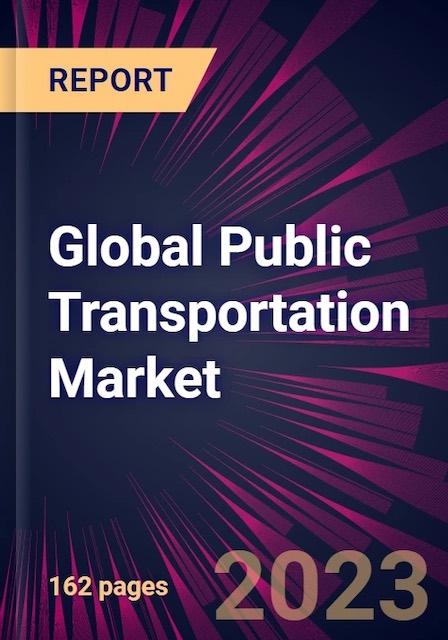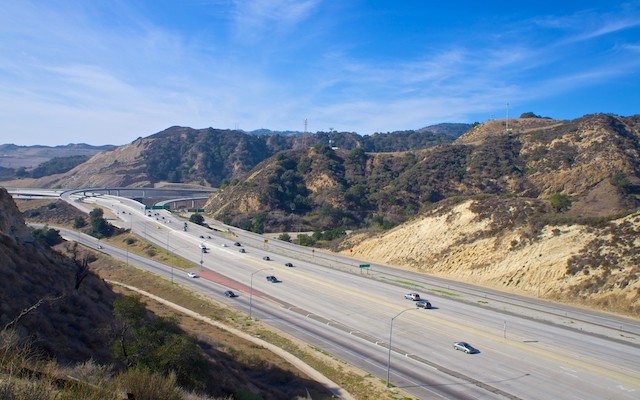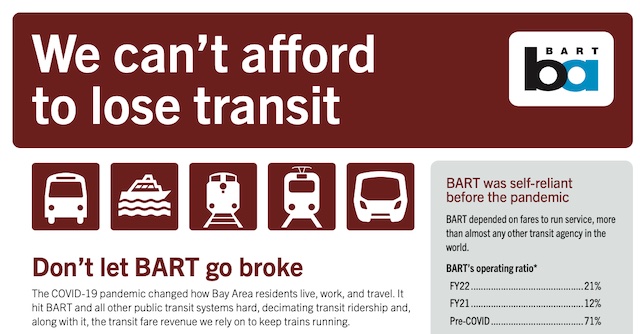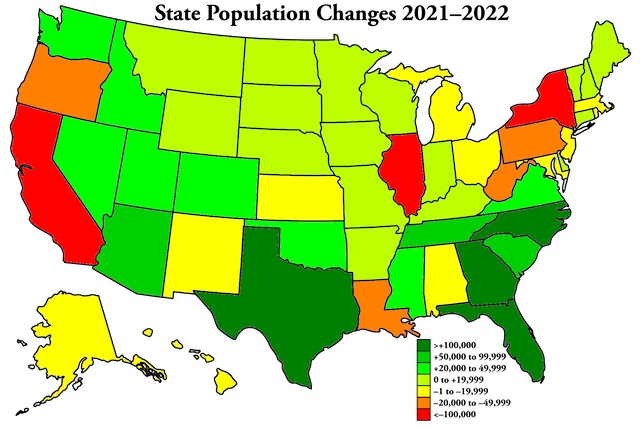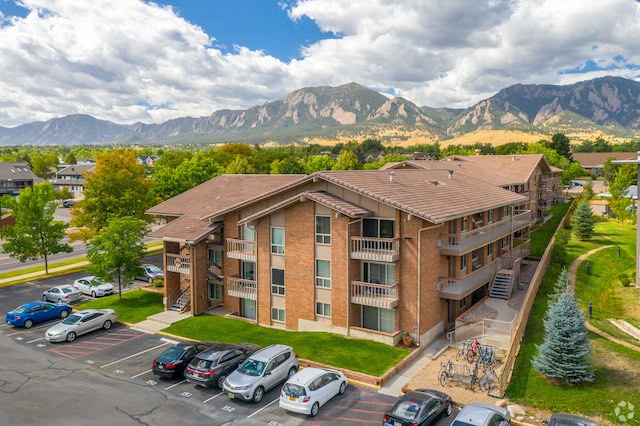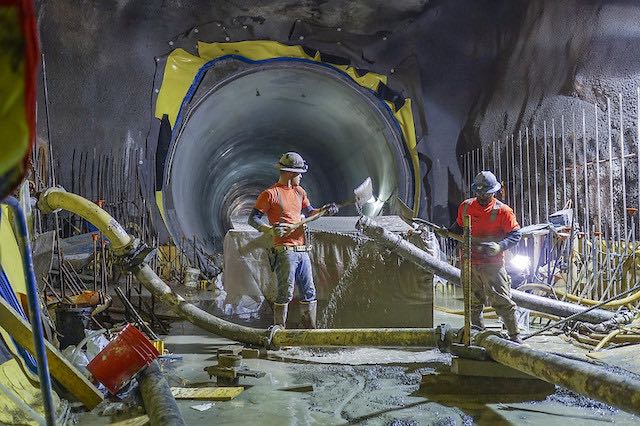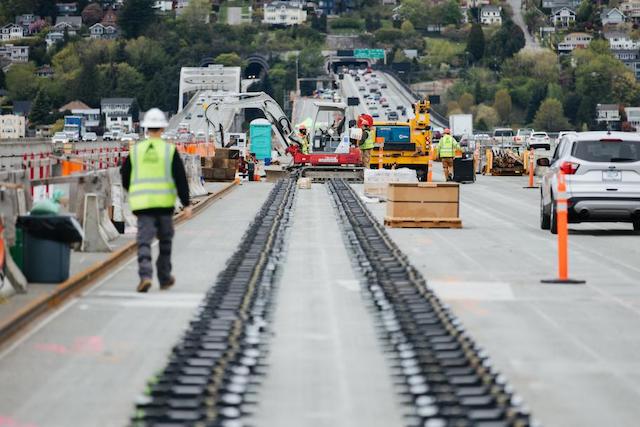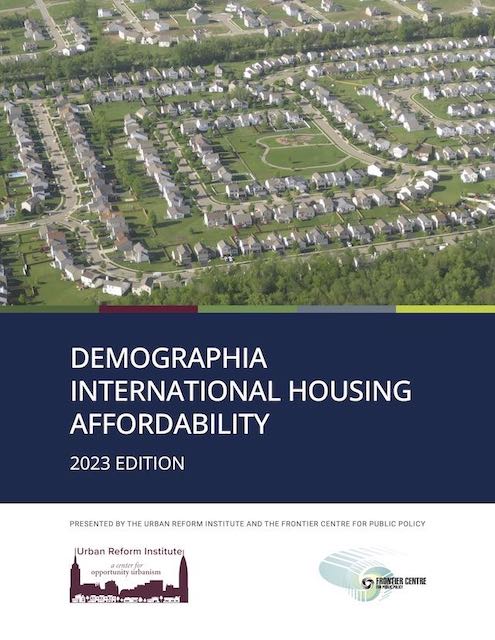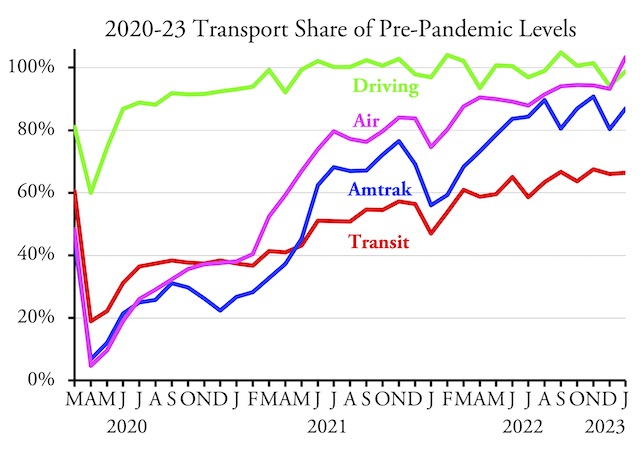“The public transportation market is forecasted to grow by $90.07 bn during 2022-2027,” says a new report from someone called Infiniti Research. That represents an annual growth rate of 5.84 percent per year.
For a mere $2,500 ($4,000 for the “enterprise” version), you can read this fairy tale about how the transit market is going to grow once we install multi-billion-dollar hyperloops in every city.
“The development of hyperloop transportation systems [is] one of the prime reasons driving the public transportation market growth during the next few years,” claims the report, putting it in the world of pure fantasy land. Actually, 5.84 percent annual growth seems pretty modest considering how diminished the transit industry is today: at that rate, it would take 8 years to fully recover to pre-pandemic levels. At the same time, unless most employers force employees to stop working at home, even 5.84 percent seems unlikely. Continue reading

